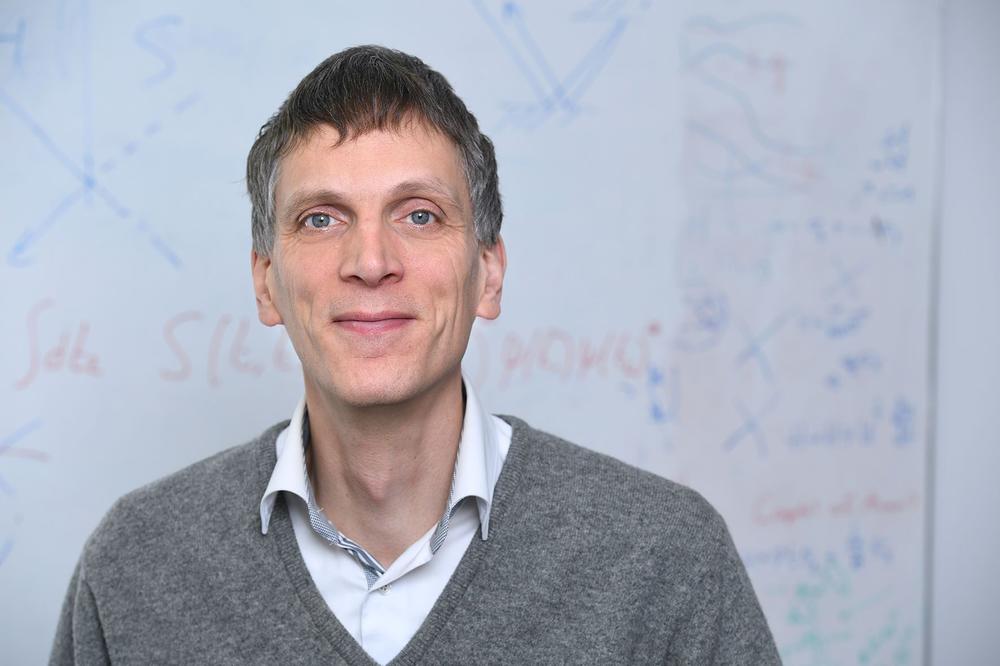AG Brouwer
Prof. Dr. Piet Brouwer - Theoretical mesoscopic physics
Dahlem Center for Complex Quantum Systems (DCCQS)
Building Department of Physics
14195 Berlin-Dahlem, Germany
Contact Prof. Dr. Piet Brouwer
Room 1.4.19
Phone +49 (0)30 838 53039
E-Mail Prof. Dr. Piet Brouwer
Website Dahlem Center for Complex Quantum Systems (DCCQS)
Vita
M.Sc., Physics, 1993, Leiden University. M.Sc., Mathematics, 1994, Leiden University. Ph.D., 1997, Leiden University. Postdoctoral fellowship, Harvard University, 1997-1999. Assistant Professor, Physics, Cornell University, 1999-2003. Associate Professor, Physics, Cornell University 2003- 2008. Professor, Physics, Cornell University, 2009-present. Professor, Freie Universitaet Berlin, 2009-present.Alfred P. Sloan Fellow, 2000-2001. Packard Fellow 2001-2006. Alexander von Humboldt Foundation Bessel Award, 2006. Provost's Award for Distinguished Scholarship, 2007. Alexander von Humboldt Professorship 2009, Alexander von Humboldt-Stiftung (AvH).
Research Areas
Theoretical mesoscopic physics; physics of disordered electron systems; quantum chaos; random-matrix theory; nanomagnetism
Current Research
My research interests are in the field of theoretical mesocopic physics. Mesoscopic physics is a subfield of condensed matter physics that deals with the properties of small, mostly electronic systems, which are governed by the interplay of quantum mechanics and scattering by impurities or boundaries. Examples of such systems are semiconductor or metal wires, metal nanoparticles, carbon nanotubes, or semiconductor quantum dots. Similar physics also occurs for systems with multiple scattering of microwaves or light.
Questions of recent interest have been: What is the effect of Coulomb interactions in a quantum dot (a small metallic particle coupled to the outside world via point contacts) if the coupling between the quantum dot and source and drain electrodes is strong? What is the size-dependence of quantum-interference corrections to transport through quantum dots if the electron motion inside the quantum dot is ballistic? How does scattering off charged impurities affect the conductivity of graphene (a single sheet of carbon atoms as they occur in graphite)? How does the proximity to a superconductor affect the electronic properties of a ferromagnet?
Another topic of interest is magnetism on the nanoscale. My research addresses the effects of the spin-transfer torque, as well as consequences of quantum phase coherence and impurity scattering in nm-sized magnets.
